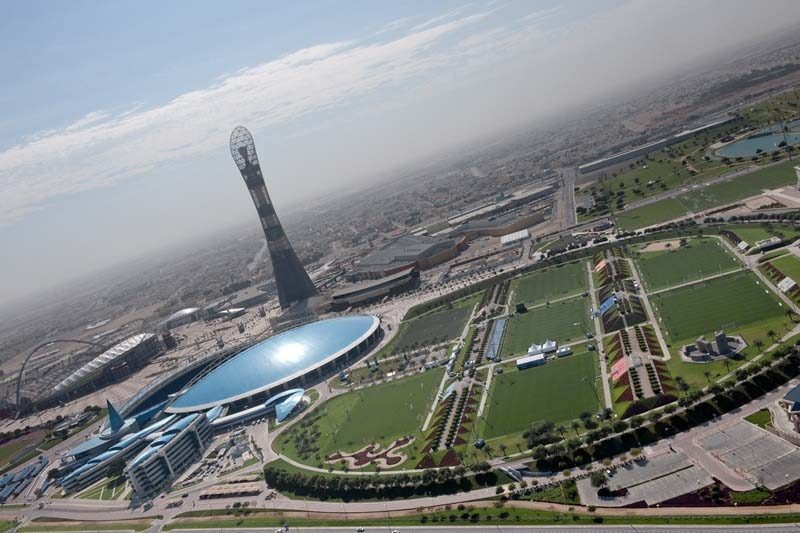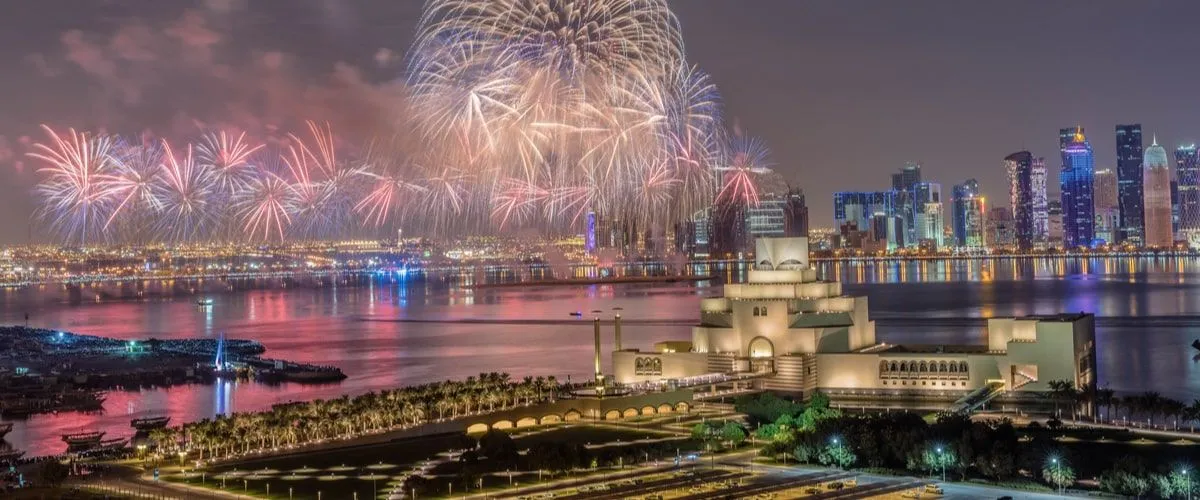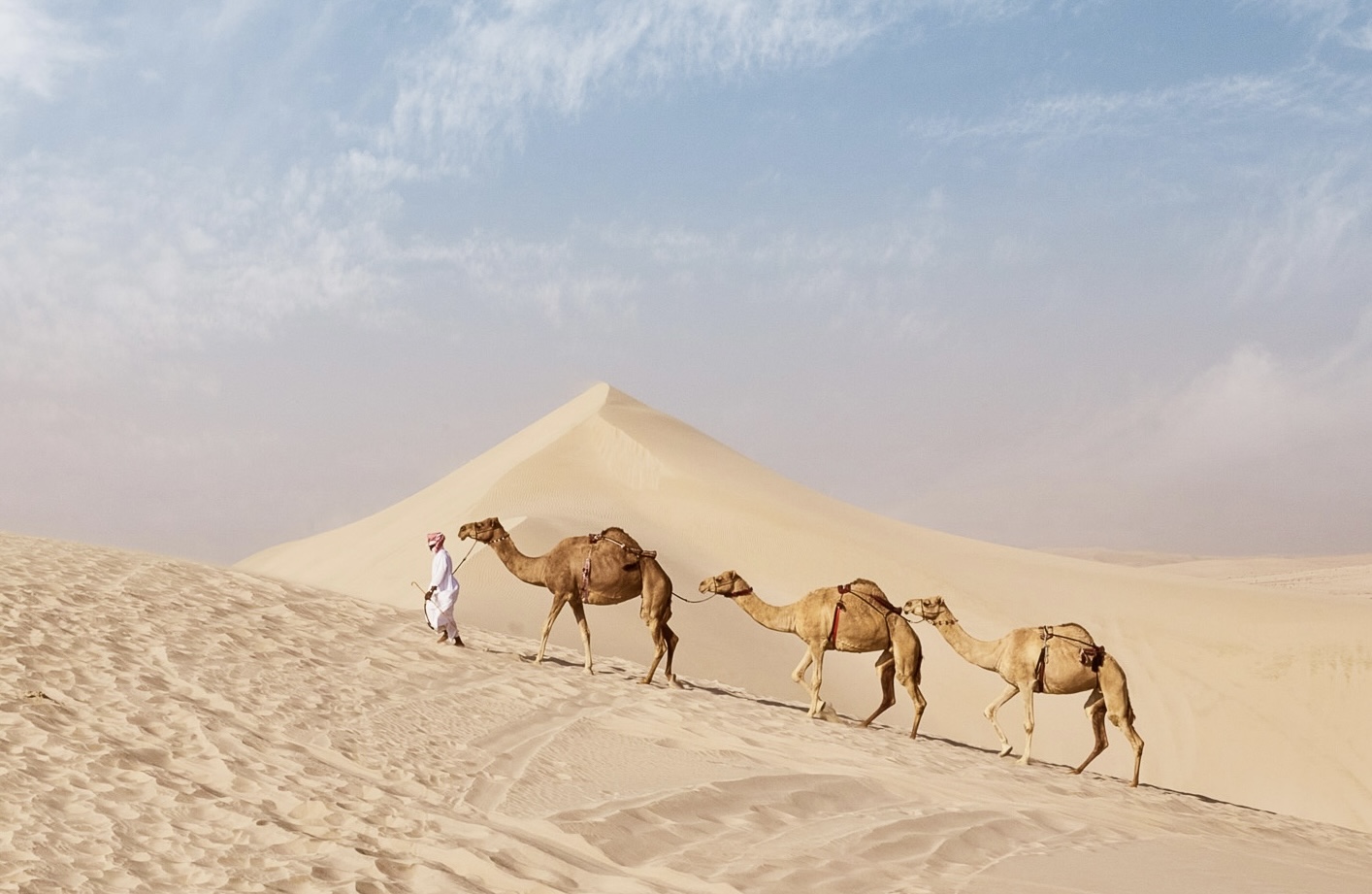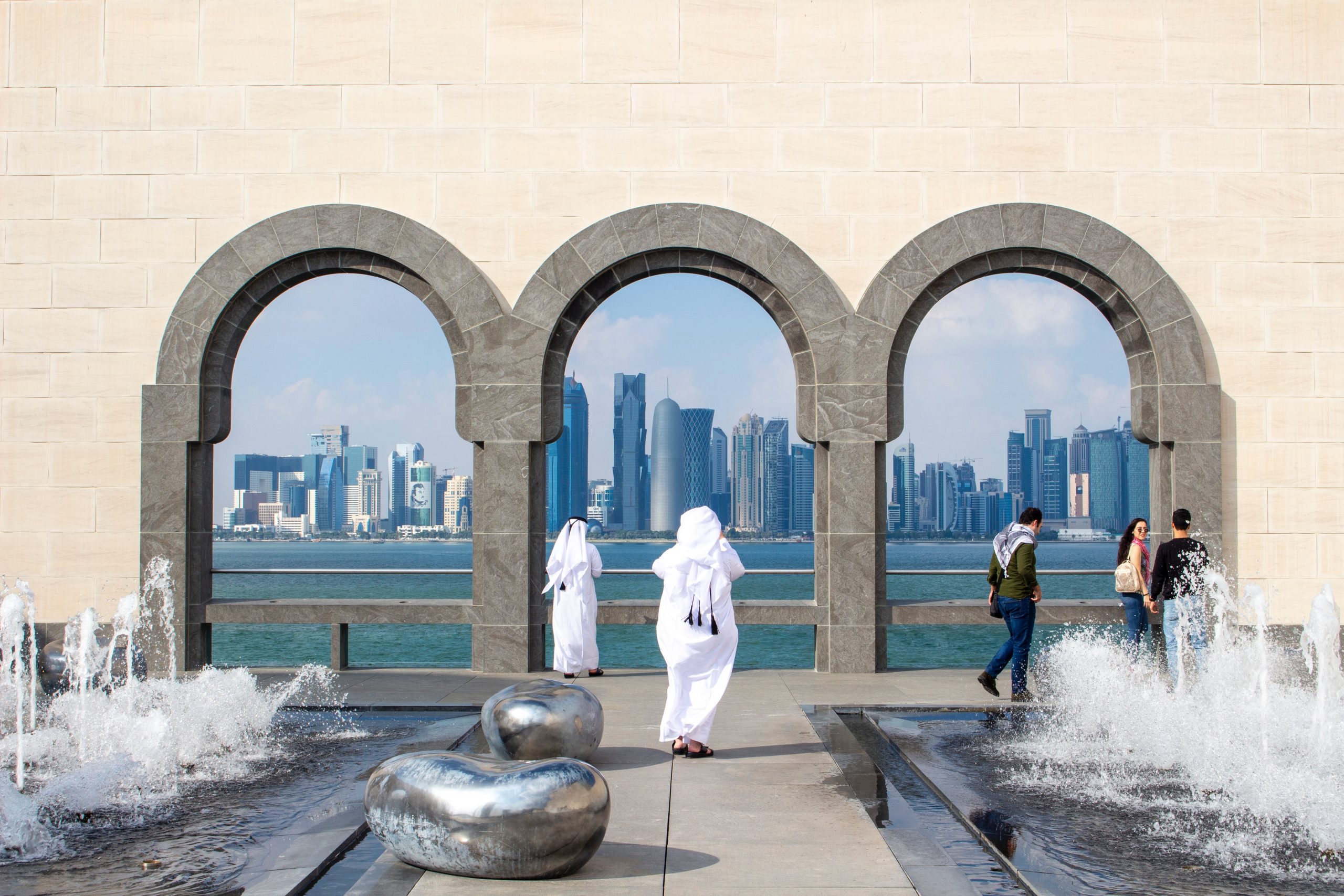
More people in Qatar have been opting to live in suburban areas around the Aspire Zone, Barwa Village and Wukair instead of central Doha over the past five years, according to recently released census data.
The figures show the residential population doubling in areas such as Al Waab, Al Sailiya, Fereej Al Soudan and other communities on the north side of Salwa Road, as well as south and west of the Aspire Zone.
Those neighborhoods make up the area formally known as “Zone 55” in Qatar’s administrative boundaries, and recorded the largest uptick in the 2015 census, with more than 145,100 new residents.
The area was followed by Zone 91, which includes Barwa Village and Al Wukair, which is located west of Al Wakrah.
That zone grew from some 22,000 people to 165,000 over the past five years, or more than 635 percent, making it one of Qatar’s fastest growing areas.
Combined, the two census zones are home to more than four out of every 10 new residents who have moved to Qatar from 2010 to 2015.
This month’s report from the Ministry of Development Planning and Statistics – formally titled The Simplified Census of Population, Housing and Establishments, 2015 – paints a picture of widespread, but uneven, population growth across the country.
It comes amid a government push to encourage more people to live outside Qatar’s dense capital city by expanding hospitals, schools and recreational amenities in towns such as Al Khor and Al Wakrah.
Labor camps
Meanwhile, the Industrial Area – formally known as Zone 57 in the census – remains Qatar’s most populated region and saw the third-highest number of new residents.
This is due to the rapid influx of blue-collar expats to Qatar since the country was awarded hosting rights to the 2022 World Cup.
Many of the workers have been hired to work on the country’s large number of real estate and infrastructure construction projects.
According to the data, the Industrial Area’s population grew by more than 103,300 people, or nearly 40 percent, to reach 364,710 residents in 2015.
More than 95 percent of those individuals are men.
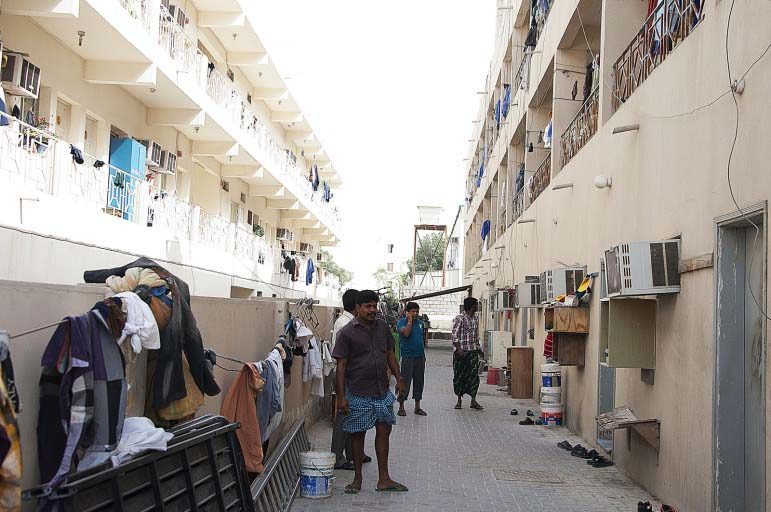
The gender imbalance is similar in Al Shahaniya, which is located on either side of the Dukhan Road west of Al Rayyan and is also home to a large number of labor camps.
Its population nearly quadrupled to 138,509 residents, an increase of 103,116 residents over the past five years.
The reason these areas are mostly men is because laborers who moved to Qatar without their families are generally excluded from living in established residential areas.
Shrinking communities
The census data also showed that several neighborhoods recorded a population decline of hundreds of residents.
That includes Zone 4, which contains an area of Musheireb just outside the massive Msheireb Downtown Doha redevelopment project. Its population declined by nearly 4,300 people, or 30 percent, to 9,791 residents.

Hundreds of residents were evicted from their Musheireb homes in 2014, presumably to make way for a redevelopment of the area.
However, the only area of Qatar to see a mass exodus of residents is Zone 75, which encompasses a large geographic area in northeast Qatar including Ras Laffan.
The area’s population shrunk by nearly one-quarter, or 28,456 people, but is still home to some 100,100 residents.
While Ras Laffan continues to be a major employment hub, several massive industrial ventures – including the Barzan Gas Project – were undertaken in recent years and are approaching completion, reducing the need for construction workers in the area.
How has your community changed over the past five years? Thoughts?

